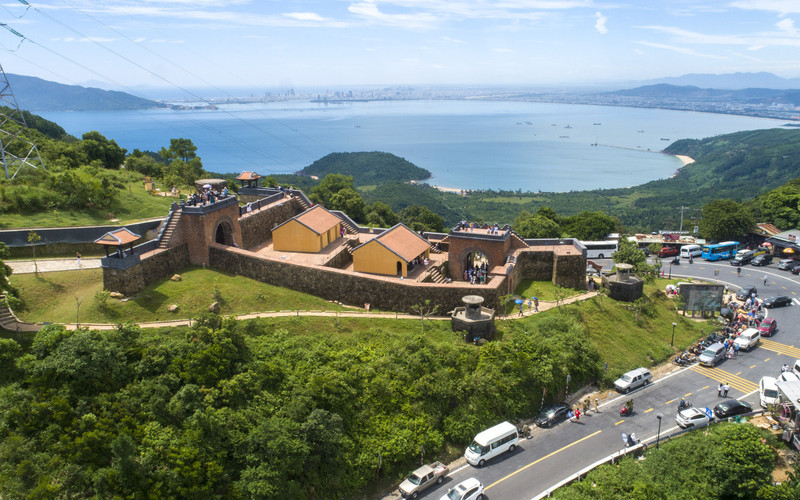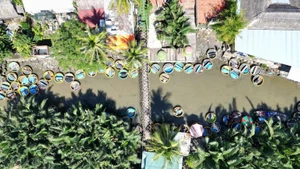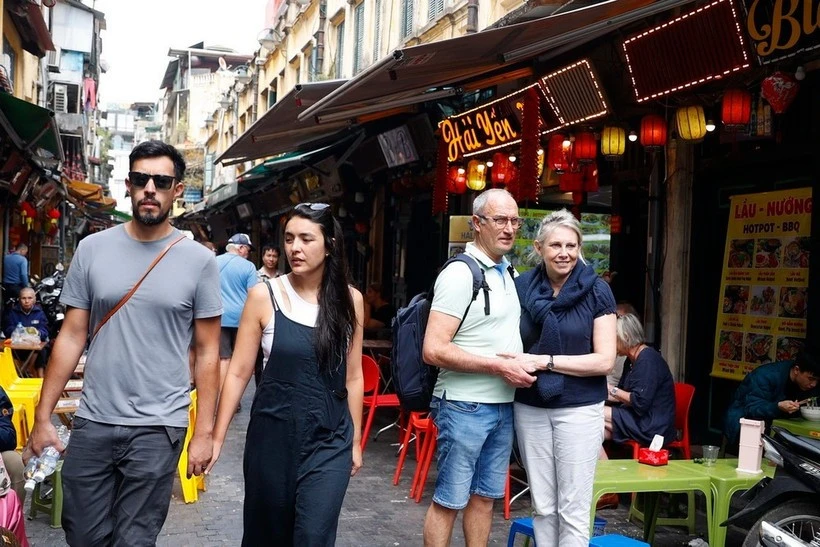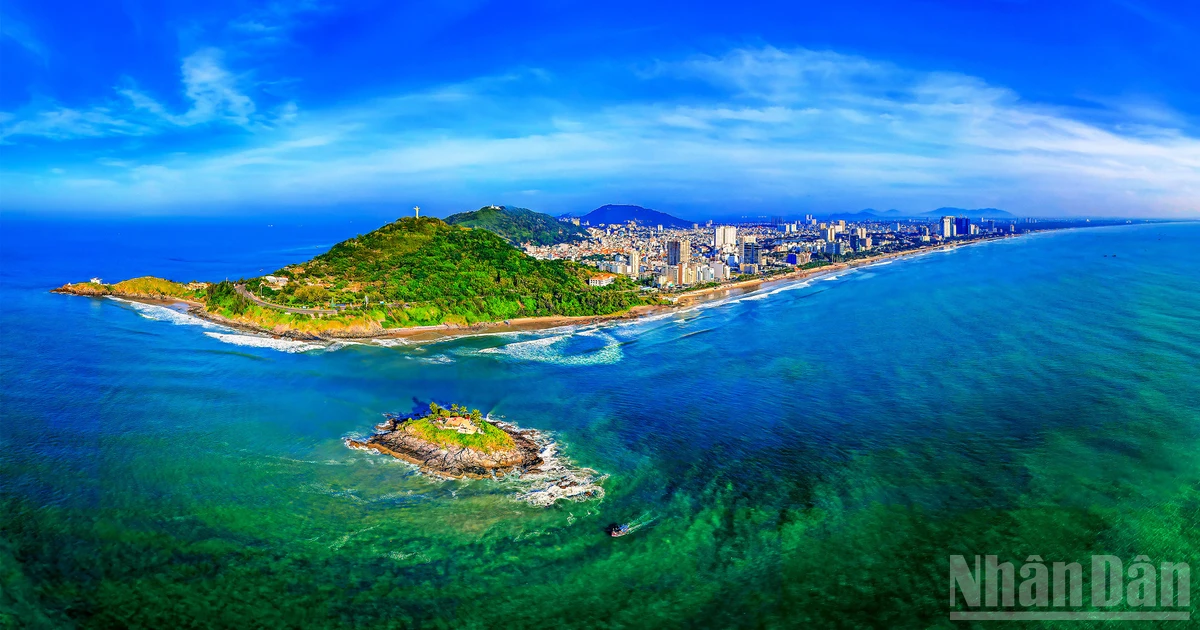On August 1, the Hai Van Quan (Hai Van Gate) national relic site was reopened to tourists on August 1, after two years of restoration.
Dubbed as the world’s most marvellous wonder, Hai Van Gate is a popular tourist attraction, as it offers stunning views of the sea and the Hai Van Mountain Pass.
Located 490m above sea level, the gate was constructed in 1826 during the reign of King Minh Mang (1791-1841). It served as a defensive structure along the Hai Van Pass to protect the imperial capital of Hue.
The gate was recognised as a national relic site in April 2017 by the Ministry of Culture, Sports, and Tourism.
The over-200-year-old relic faced serious damage due to weather and wars, and it stood abandoned for over 20 years until 2021 when the authorities of Da Nang and Hue cities launched a restoration project, with a total investment of 40 billion VND (around 1.6 million USD).
 |
| Tourists flock to Hai Van Gate during reopening day (Photo: VnExpress) |
The restoration process was made based on archaeological traces, documentary photos, and historian and expert research, to match the site’s original architecture and its walls built with terracotta bricks.
The project team restored the main gate, originally constructed using ‘vo’ bricks, made from clay fired at a relatively low temperature.
In the middle of the gate, the name “Hai Van Gate” is inscribed in Sino-Vietnamese characters.
Some structures used during the wars against France and the US were kept to preserve their historical value.
The structures of Hai Van Gate included fortifications, storehouses and cannon forts.
From the main gate of the relic, visitors will see the main office that used to provide accommodation for the soldiers stationed there. Behind the main office is the three-room armoury where weapons used to be stored and preserved.
Visitors to Hai Van Gate can enjoy a panoramic view of majestic Lang Co Bay (Thua Thien Hue Province) to the north, with its winding coastal roads and beaches. To the south lies Da Nang City, including its iconic Thuan Phuoc Bridge and Son Tra Peninsula.
The restoration project helps Hai Van Gate to regain its appearance, preserving and promoting its cultural, historical and architectural value.
According to Pham Van Tuan, Deputy Director of the Hue Monument Conservation Centre, the Hai Van Gate will offer free admission to tourists in the initial stage until the two localities decide on entry fees.
















